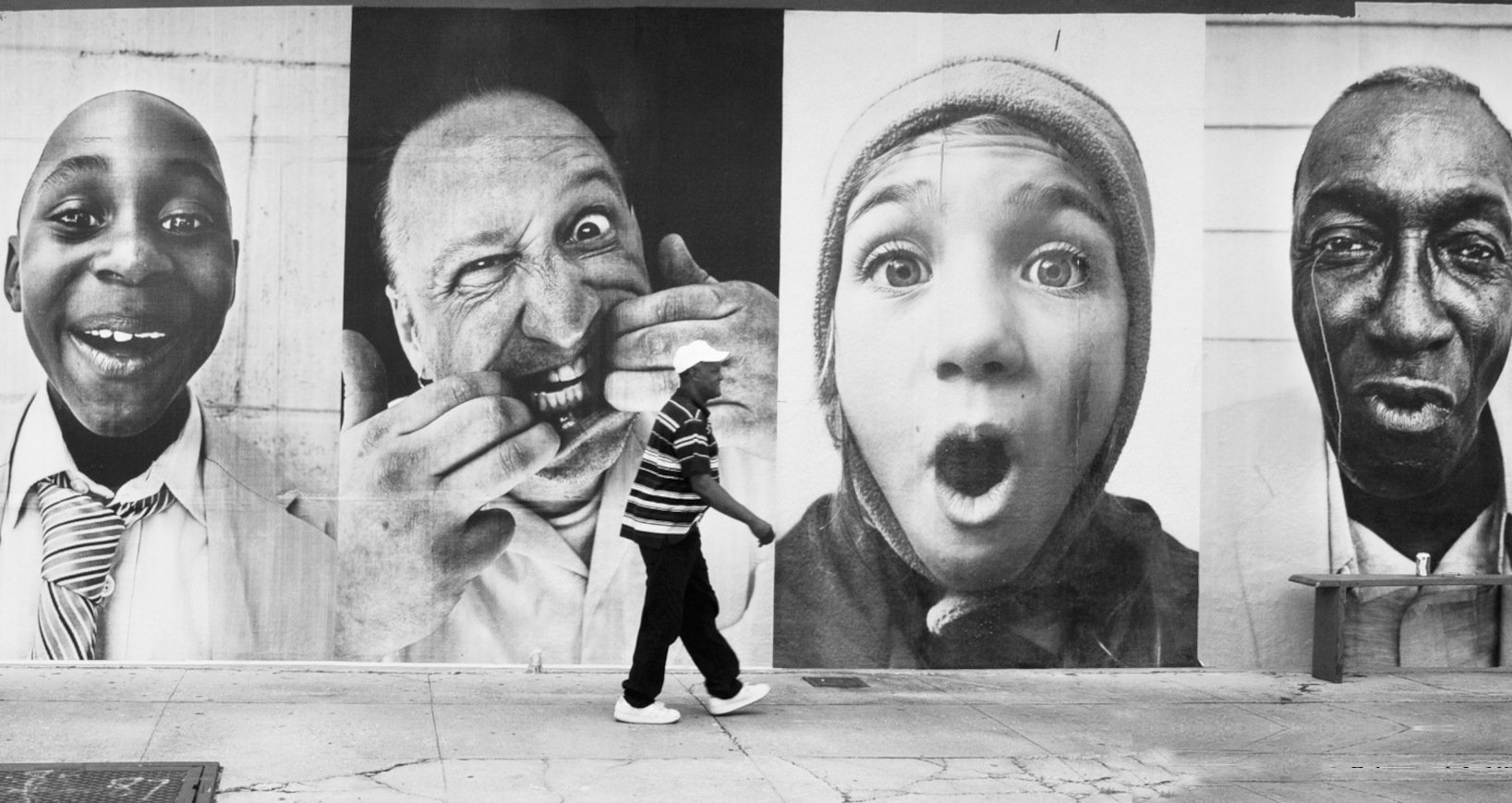What Happens When the Community Becomes the Exhibit?
Inside Out, New Orleans.
Imagine walking past your local museum and seeing it covered, not with banners or advertisements, but with the faces of your neighbors: grandmothers smiling in Sunday best; young artists still smudged with paint; generations of stories all looking back at you—not framed behind glass, but alive and immediate.
That’s the spirit behind the Inside Out Project, a global participatory art movement created by French artist JR after winning the 2011 TED Prize. His vision was simple but profound: empower everyday people to transform their personal stories into public art.
Since then, over 500,000 portraits from more than 138 countries have been pasted onto buildings, bridges, and school walls — turning cities, villages, and neighborhoods into open-air galleries. And it’s raising an important question for museums everywhere, including ours:
What happens when the community itself becomes the exhibit?
A Museum Without Walls
Traditionally, museums have been seen as gatekeepers of history — carefully curating what enters and what stays out. But the Inside Out Project suggests another model: one where museums become mirrors, reflecting the living history all around them.
When the Brooklyn Museum hosted an Inside Out action, it wasn’t just about bringing faces into the museum — it was about bringing the museum out to meet the people. The art wasn’t hung behind velvet ropes. It spilled onto sidewalks, scaffolding, brick walls.
In Brazil, a group of students pasted their portraits across the crumbling walls of their underfunded school. The impact was immediate: attention, funding, repairs. The community saw itself — and its worth — reflected publicly.
The message was clear: Visibility invites care. When we see ourselves honored in public space, we treat that space—and each other—with new respect.
Why It Matters Here
At the Northeast Louisiana Delta African-American Heritage Museum, we believe art isn’t just something you view. It’s something you live with. It's rooted in family, memory, and pride. It's passed down at kitchen tables, celebrated at church services, and carried across generations. An initiative like Inside Out aligns perfectly with that mission.
Imagine a project highlighting:
The legacy of Black farmers in the Delta.
The beauty of local artists and musicians.
Elders who have preserved oral histories and traditions.
By transforming walls into living tapestries, we wouldn’t just honor our region’s culture — we’d animate it.
Inside Out, Montgomery, AL.
Building the Future Together
What Inside Out teaches us is that participation itself is transformative. When people are asked to step in front of the camera, to be seen and celebrated, it changes how they see themselves — and how their communities see them. Museums have a critical role to play in making that happen by weaving it into everyday life.
Here in the Delta, our history is still being made — face by face, story by story. Maybe the greatest tribute we could offer would be to make sure it’s seen, honored, and passed on. So what if the next great installation didn’t happen in New York or Paris? What if it happened right here? Would you participate in a project like this? How do you think it would affect our community?
Send a message and let us know. Your voice could help shape what happens next.


